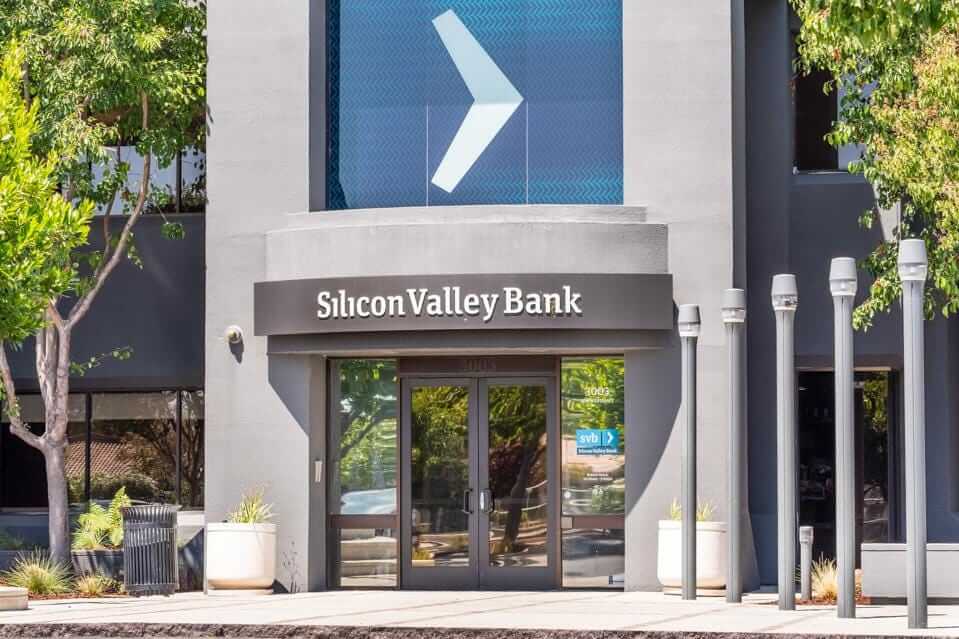This article was authored Friday March 10th, 2023. As of Sunday March 13th the SVB deposits have been guaranteed by the US Government, making many facts below outdated. Please see our latest article on the SVB bail out by US Government for the latest info.
Have you heard about Silicon Valley Bank falling into receivership? Even if your business does not have deposits there, you should care about what happens next to the insolvent bank. A bank run is a dangerous and potentially explosive situation that impacts the entire economy. Here’s the executive guide for how to manage the SVB receivership over the next week.
What will happen to SVB in receivership?
Receivership is an orderly restructuring or liquidation of a company – in the case of SVB, the FDIC. The FDIC will analyze the assets and liabilities of SVB, determine the extend of their liquidity problems, then take one of two options:
- Sell part or SVB to another financial institution
- Liquidate SVB in an orderly fashion
Option 1: SVB is sold out of receivership
The best case scenario is part or all of SVB is sold to another financial institution (think: JP Morgan buying Washington Mutual in 2008.) There is a high probability that depositors will recover 100% of their cash in this scenario.
Option 2: SVB is fully liquidated by FDIC
If the FDIC is unable to find one buyer, they may need to pursue an orderly liquidation of SVB through the sale of all assets and payment of all liabilities. Liquidations are slow, expensive, and result in significant losses for all parties. In a liquidation, those with deposits over $250k would see little of their money in the near-term.
How might SVB affect other banks?
Contagion occurs when the insolvency of one financial institution spreads to others due to securities and contractual obligations between them. The 2008 financial collapse spread through contagion.
The insolvency of SVB creates real-world disruptions that could cause contagion. For example, a venture capital group who held all their cash at SVB would not be able to re-invest in their portfolio companies during the receivership. This could cause many businesses to default on loan payments and push a different bank into insolvency. That bank may fall into receivership and continue thus continue the cycle with an entirely different group of depositors.
First Republic Bank and Western Alliance are publishing statements to calm fears and avoid contagion by bank run.
How might SVB cause a recession?
Many startup businesses had all their cash saved at SVB – tens of millions, in many instances. Unless the FDIC can find a buyer, those companies only have access to $250k in the near-term. That is a fatal blow to most companies and will result in layoffs and spending reductions.
The breadth of the downturn would be exacerbated by contagion.
Even just the threat of contagion can trigger a recession. Savvy business owners will be more cautious about investing money this next few weeks, slowing down the movement of money and economic growth.
How to protect your business from an SVB-caused recession
Here’s our recommendation to our clients at CFOshare as of Friday March 10th, 2023 3:30 MST:
- Get cash out of SVB.
- If you have more than $250k, split it between 2-4 banks.
- Update your operating forecast to reflect cash frozen at SVB
- Pause all cash outflows if needed
- Make a restructuring plan but do not execute it yet.
- Stay tuned to what happens Monday March 13th. If FDIC finds a buyer, it will likely be over this weekend.
- Communicate thoughtfully and honestly with stakeholders (investors, employees, customers, etc.)
- Focus on top-of-funnel sales KPIs to detect a recession
Check out our article on how to protect your small business during a recession.




